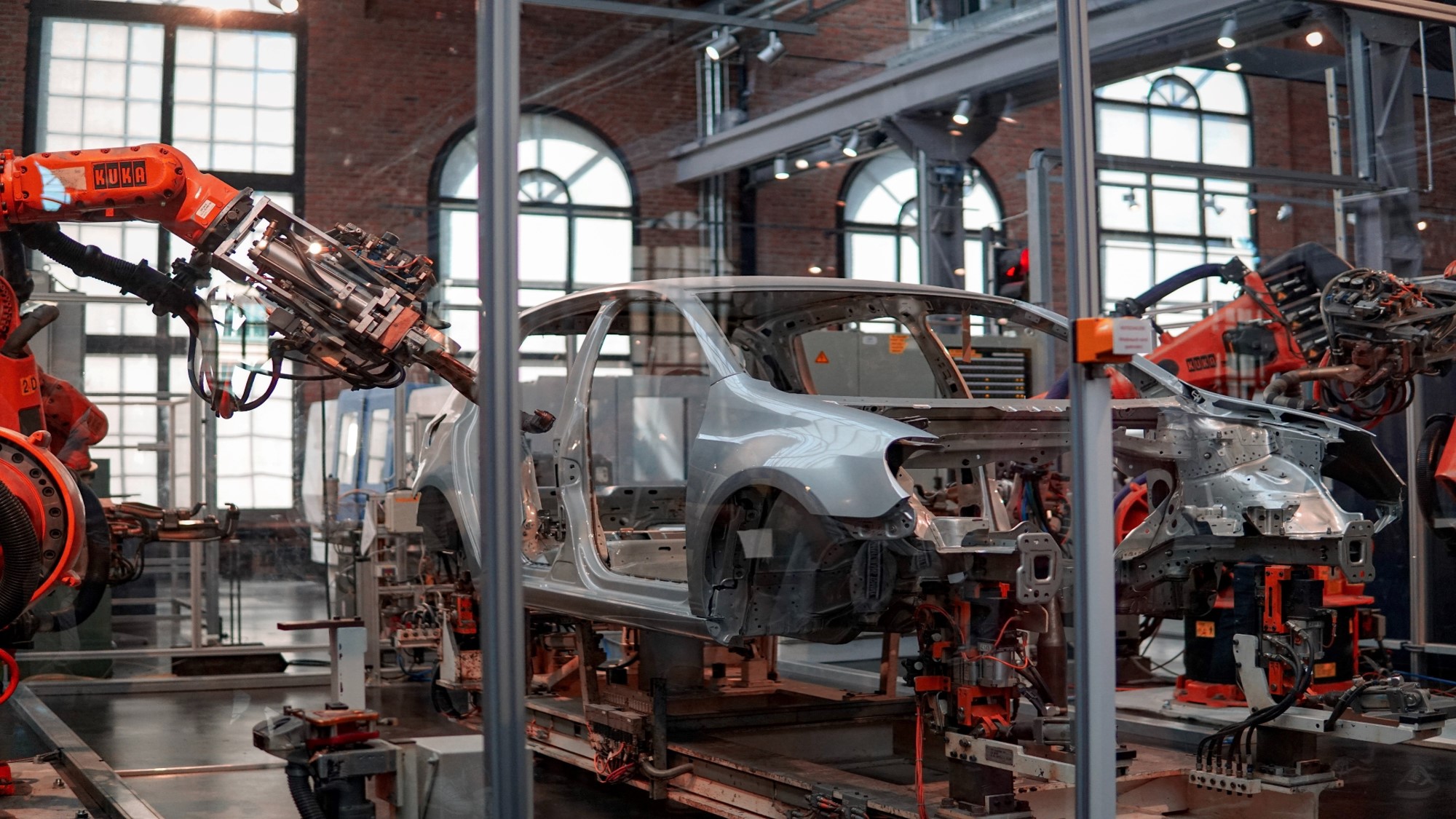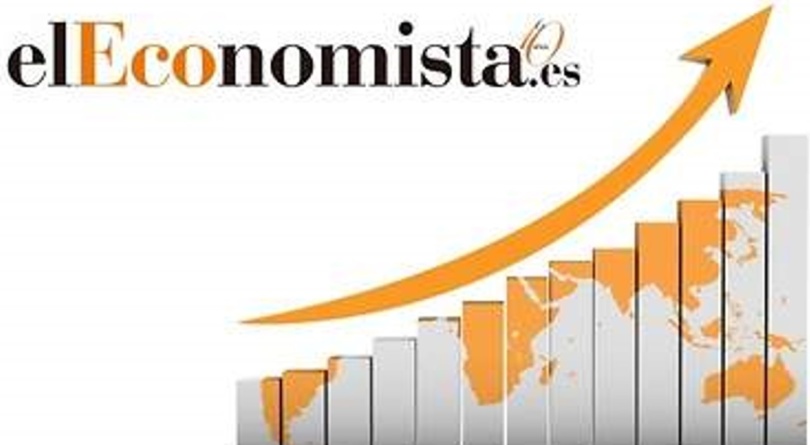
From a macroeconomic perspective, covid-19 has been a game-changer for a majority of Indian industries across the economic spectrum with the auto sector being no exception
The outbreak of the covid-19 pandemic at an unprecedented global scale led to massive supply chain disruptions and accelerated shutdowns in manufacturing and industrial activity across the world. The adverse spillover impact of the virus has also been felt in the global automotive industry with the Indian auto sector being no exception. Even before the onset of the pandemic, the domestic automobile industry was facing exacerbated stress with lean sales. Manufacturers and dealers have been facing mounting struggles on account of muted consumer demand, lack of financial liquidity, low capacity utilization, and transition to BS-VI fuel norms.
Production activity at the assembly lines of a majority of Indian automobile plants was majorly impacted owing to a drastic reduction in the supply of components from China. The world’s second-largest economy accounts for around 27% of India’s automotive parts imports. The country’s overdependence on China for automotive components can be gauged from the fact that in 2019, India procured over a quarter of its auto parts from China.
With the country resuming normal commercial and trade activity in the aftermath of the pandemic-induced lockdown, the economy is traversing the path to recovery. From a macroeconomic perspective, covid-19 has been a game-changer for a majority of Indian industries across the economic spectrum with the auto sector being no exception. Like other industries, the auto industry is also learning to realign itself with emerging challenges in the post-pandemic world. These new challenges will not only allow the auto sector in India to vastly improve its functional competencies but also bring new opportunities for growth and expansion, enabling it to re-establish a position of glory and dominance.
Covid-19 is likely to exert a significant change in the planning, behavior, and attitude of aspiring automobile buyers. Consumers are likely to increasingly display a preference for contactless mode while deciding on vehicle purchases. Taking into account the changed consumer behavior, traditional automotive dealer networks will need to build robust digital sales and marketing channels. This will prove to be an enabler in providing a personalized user experience to the consumer, improve relationships with clients, and increase vehicle sales volumes.
Realizing the importance of a strengthened digital presence as a credible tool in expanding their market outreach, automakers and dealers have initiated the process of enhancing their presence on social media platforms. Towards this end, consumers have already been offered value propositions and added features like comparing specs, prices, and fulfilling their automotive customization needs on user-friendly online interfaces. The pandemic is increasingly anticipated to expedite the increased adoption of augmented and virtual reality technologies to create an enhanced online user experience, a phenomenon that was typically more offline in the pre-pandemic phase. Potential automobile buyers are likely to display an increasing preference for personal health, hygiene, and sanitation during travel as they align with social distancing norms and containment protocols. To ensure an improved mental and physical wellbeing for themselves and their families, buyers would not mind paying towards equipping their vehicles with enhanced air-purification systems, anti-bacterial surfaces, and in-built sanitization systems.
Consumers are expected to demonstrate an enhanced acceptance for the incorporation of digital keys, navigation, and virtual assistants as in-built features in their vehicles. It would also be right to say that in the wake of the pandemic outbreak, a rise is foreseen in connected services promoting social distances and reduction in the number of garage trips. There is likely to be an uptick in service models like pay-as-you-go services and lease rentals in the near future. The onus would also be on enabling touchless transactions for refueling, contactless toll payments, and purchasing on the go.
In the post-covid-19 phase, consumers are likely to veer more towards personal mobility while shared mobility staying low in their order of preferences. It also needs to be noted here that there is likely to be a shift towards buying used vehicles in the near to medium term with an anticipated reduction in discretionary spending by consumers.



